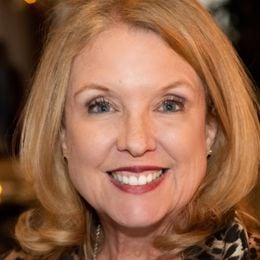Up with People: More Than Just a Theme Song
Members of this upbeat singing group from the 1960s and 70s have fond memories of the people they 'meet wherever [you] go'
Glenna Hecht vividly remembers the first time she saw Up with People in her high school auditorium in Skokie, Illinois in 1973. "They were so vibrant and alive and electric," she said. "I was enthralled."
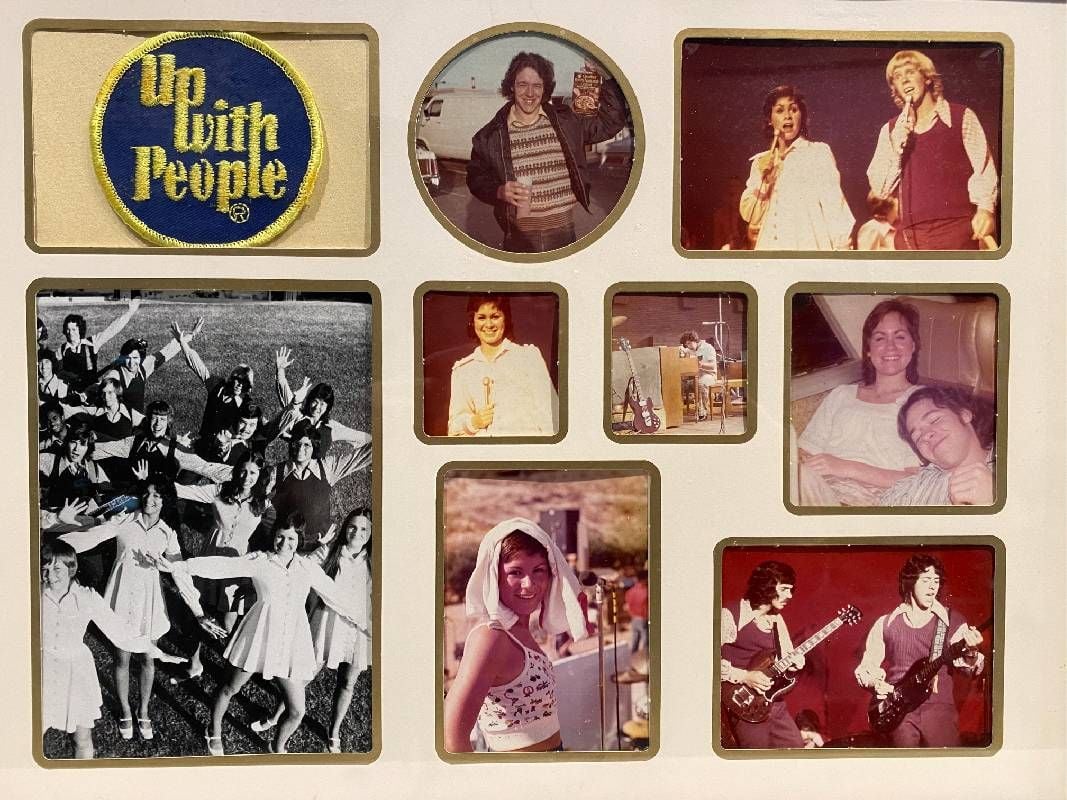
If you're a boomer, it's likely you too remember Up with People, the peppy, fresh-faced young people who smiled, sang and danced their way through cities and small towns around the world beginning in the 1960s. And there's a good chance their earworm of a theme song ("Up! Up with people!/You meet 'em wherever you go") is still in your head.
"The message was, 'Let's think positive, let's think up with people instead.'"
But for those who were part of Up with People, it was life changing. "One of the best experiences of my life," said Hecht, a cast member in the mid-1970s.
"Uppies" were high school or college aged students, many of whom left home for the first time to join one of several casts that traveled simultaneously each year. They came from around the world, and performed for monarchs, popes and presidents, in prisons, in high school auditoriums and at sporting events like the Indianapolis 500 and the Super Bowl. They traveled to places that were off-limits to most Americans in the 1970s including Northern Ireland, the Soviet Union and the People's Republic of China.
Who Were the 'Uppies'?
Cast members lived out of suitcases, traveling by bus from town to town. In addition to performing, they set up and struck the set for each show. Some continued their education on the road, studying and taking classes with teachers or professors who traveled with them.
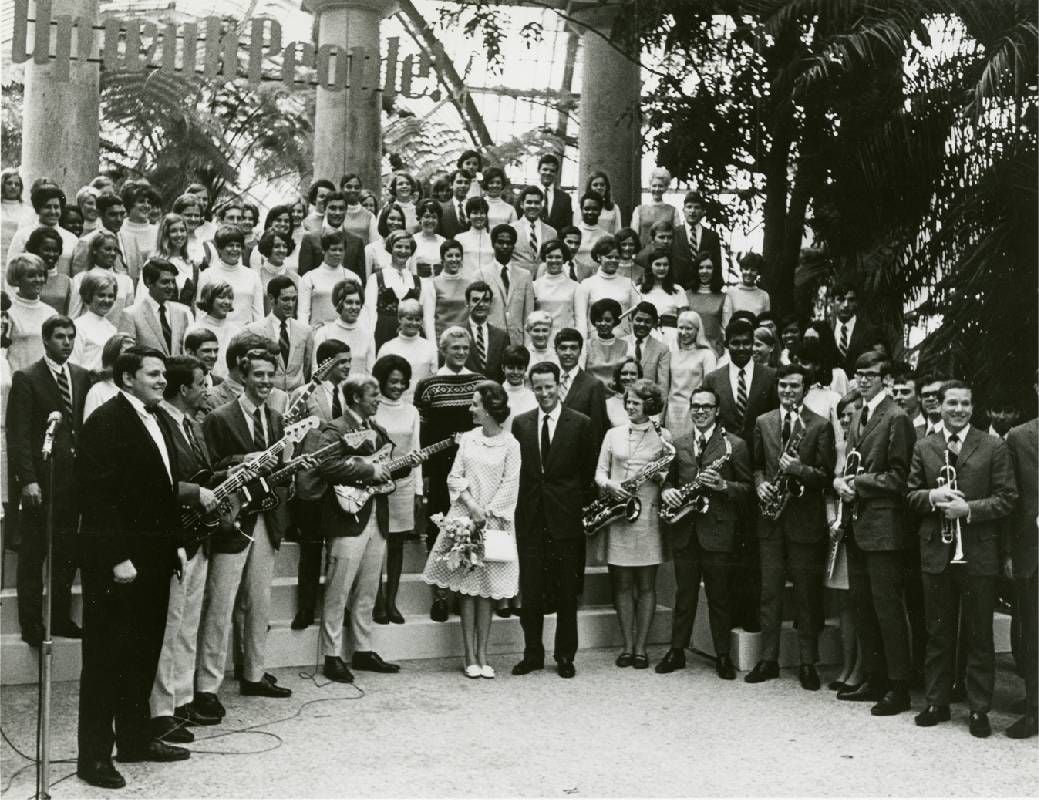
Marcie Lipschutz Ward first encountered Up with People in her hometown in Louisville, Kentucky in 1970. At a time when protestors were clamoring "Down with this" or "Down with that," Up with People felt like a fresh alternative.
"The message was, 'Let's think positive, let's think up with people instead,'" said Ward. "This was earth-changing stuff."
When Mary Lou Evans received a letter announcing her acceptance to Up with People, it made news in her hometown newspaper in Leavenworth, Kansas. The Rotary and other organizations provided sponsorships. She traveled to Los Angeles to learn the show, then joined a cast in 1973 and met fellow cast member Robert Evans, a bass guitarist from Ohio. After their tour concluded at Expo '74 in Spokane, they married in 1975.
"We feel so fortunate that we got to travel the world and meet so many wonderful people, many of whom we're still in touch with," Mary Lou Evans said.
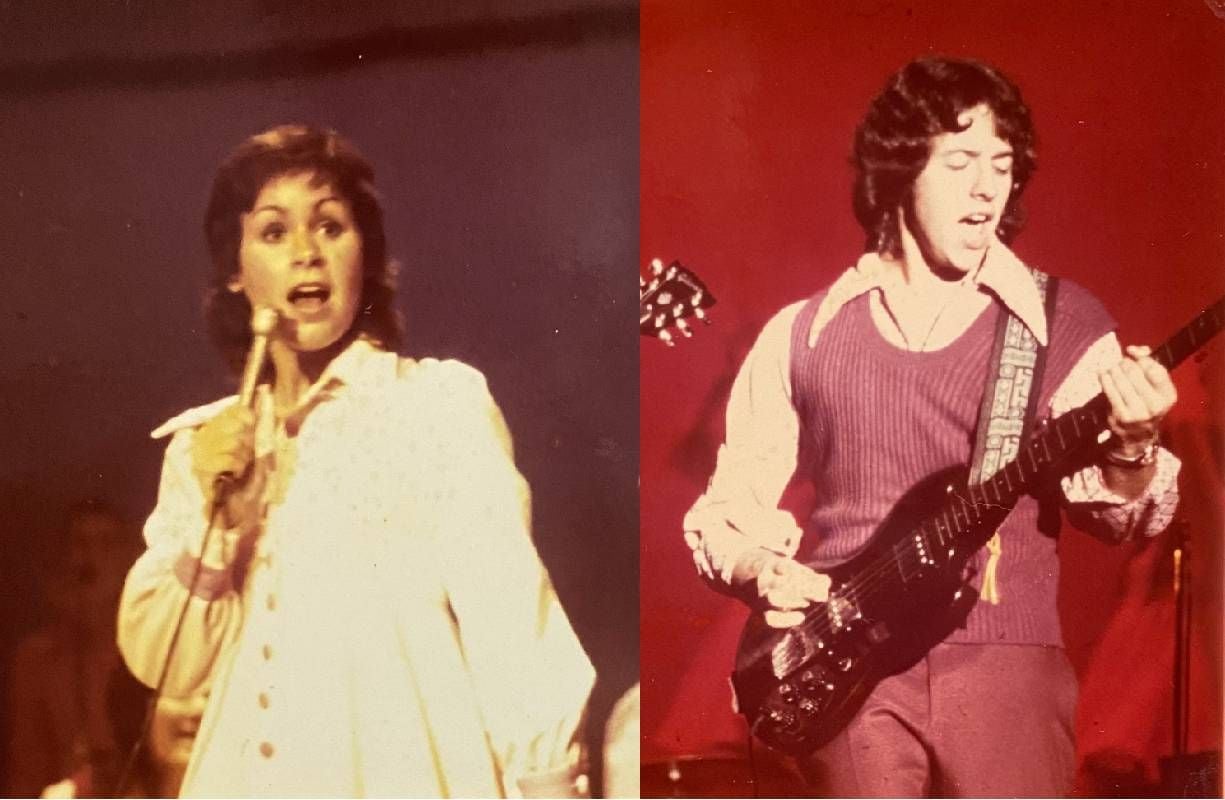
Up with People may seem Pollyannaish to modern audiences, admits Kathy Burch, but in the turbulent 1970s, the message felt urgent.
"There was a lot of political tension," said Burch, a cast member from 1973-1975. "We were trying to bring people together regardless of their political beliefs or religion. It was people engaging with other people through music."
Although initially supported financially by a spiritual group called Moral Rearmament, Up with People had no religious or political affiliation. Shows promoted messages of unity, with songs like "What Color is God's Skin?" and "Everybody Needs Everybody." In 1968, Up with People was the only performing group invited to both the Republican National Convention in Miami and Democratic National Convention in Chicago.
Robert Thompson, director of the Bleier Center for Television and Popular Culture at Syracuse University, compares the appeal in Up with People's early days to the success of the Apple TV comedy "Ted Lasso." Just as Ted Lasso's guileless optimism appealed in a politically divisive time, Up with People resonated in a time of civil unrest and racial strife.
"Up with People shows were nothing if not sincere."
"Ted Lasso had that old school kind of sincerity to it," he said. "And as sincerity becomes more and more of a rare commodity, it becomes more precious. And Up with People shows were nothing if not sincere."
Many young people today know Up with People only by way of parody, like the singing group "Hooray for Everything" that turns up occasionally on the animated TV show, "The Simpsons." That spoof depicts a group that's uniformly white, but Hecht argues the Up with People casts were diverse for their time.
"My closest friends were Native Americans, Eskimos and people from Europe and other backgrounds – people I would've never met in Skokie," she said.
For many alumni, Up with People was a formative experience. Ward credits Up with People for her ease in working with people from all backgrounds, including VIPs, in her career as a private aviation interior designer.
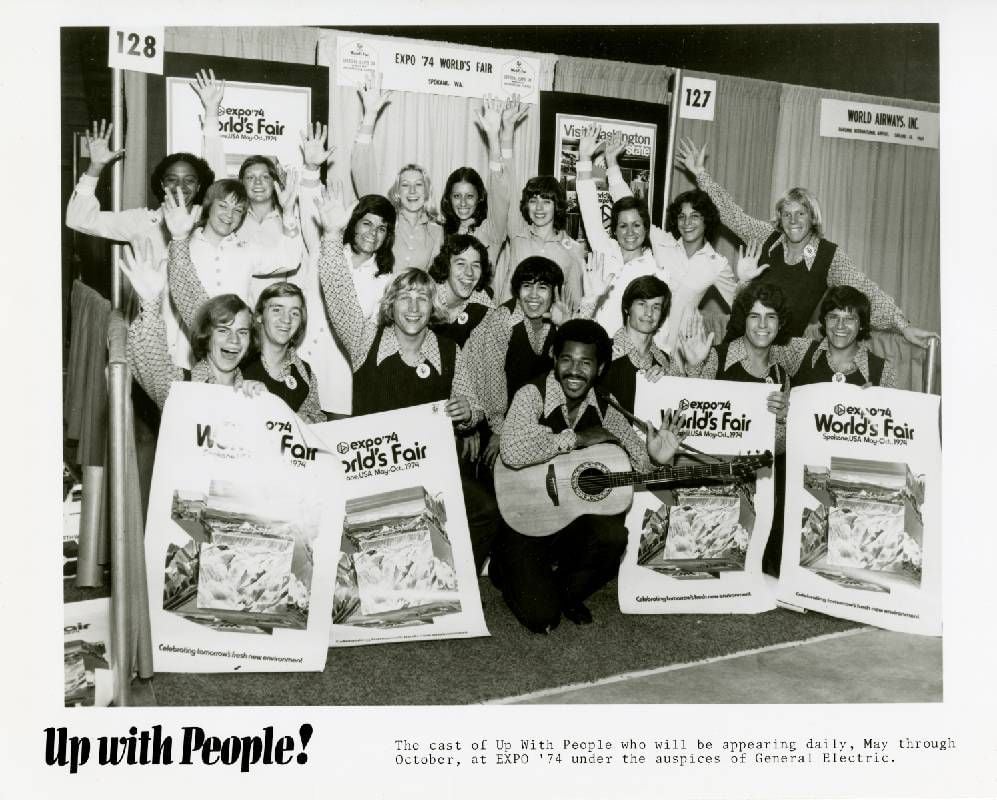
Elaine Crepeau, a 1968 cast member, taught high school students in the cast; the experience gave her confidence to make her own decisions, something her parents had handled for her until then. That confidence served her well in her career as a research archivist, including a recent stint with the Up with People Archive at the University of Arizona.
A Visit With Host Families
Cast members stayed with host families in the places they performed. Many are still in touch with the families that hosted them.
Pat Miner remembers what a big deal it was when Up with People rolled into his hometown of Fallon, Nevada, in 1971. His family hosted two high-school aged cast members.
"Not a lot of touring groups came through Fallon," he said. "The boys were friendly and showed interest in our town and schools." Miner jokes that he wanted to join until he learned that homework was involved.
"By the time Up with People performed in the Super Bowl, they already were something of an anachronism."
At a tour stop in Morocco, Burch had dinner in the gigantic palace of a prince, then slept that night at a host family's humble, one-room home with a pit toilet.
"I met this remarkable kaleidoscope of people of all backgrounds," Burch said. Host families "were people who were giving of their time, who opened their homes and shared their food with us."
After each show, audience members interested in joining were invited to meet the cast. Auditions weren't required; applicants were selected based on their interest and personalities. But the process was very selective.
Not everyone in every cast was on stage. John Ernst was part of the sound crew for a cast that performed with Black Sabbath in Palermo, Sicily in 1971.
"I can't sing worth a darn, but I could lift boxes and set up lights," Ernst said.
Today, Up with People counts more than 22,000 alumni in 139 countries. The Up with People International Alumni Association organizes annual reunions; the next is in Limerick, Ireland in August 2024.
Memorable Moments
One of Robert Evans's most memorable moments came in Munich in 1972. After terrorists killed 11 Israeli athletes, Olympic leaders debated over whether to cancel the games. At the urging of Olympic gold medalist Jesse Owens – an Up with People board member – the cast was invited to perform for the athletes to help raise morale.
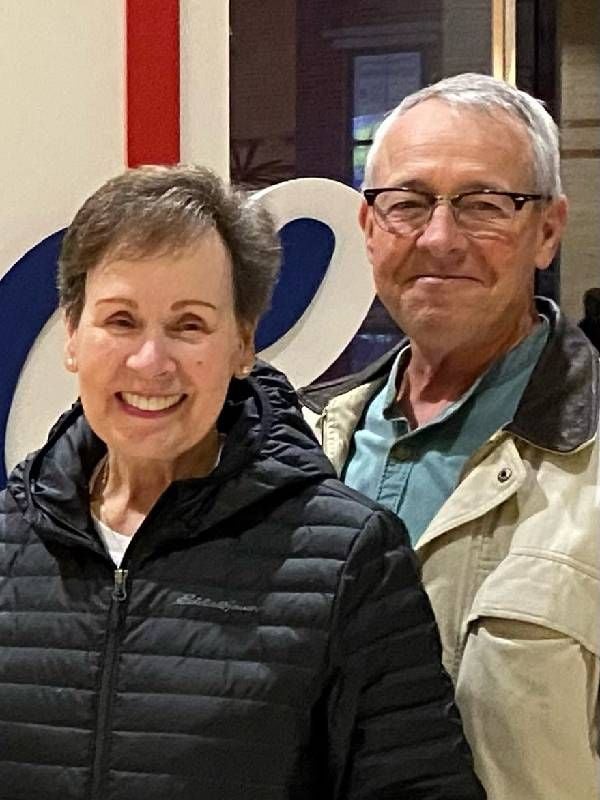
The small venue in the Olympic Village was packed. Emotions were high.
"We played a global medley, and we got everybody up on their feet," Robert Evans said. "Athletes in the audience were linking arms and singing a Belgian beer drinking song with us. It was unbelievable."
Some credit Up with People with "inventing" the modern Super Bowl halftime; their 1976 show was the first without a marching band. Up with People performed in three more halftime shows in 1980, 1982 and 1986.
However, public taste began changing in the 1980s, according to Thompson. Comedians like David Letterman "injected lethal doses of irony" into the culture, he said.
"By the time Up with People performed in the Super Bowl, they already were something of an anachronism," Thompson said.
Up with People continued into the 1990s and then ceased operations briefly in 2000. It still exists today, on a smaller scale, for youth ages 18-24 who continue to tour and perform community service in places around the world.
"It was a very positive thing at a turbulent time," Ernst said. "People came to see it because of its positivity. It wasn't pie in the sky. We believed it and that came through."
